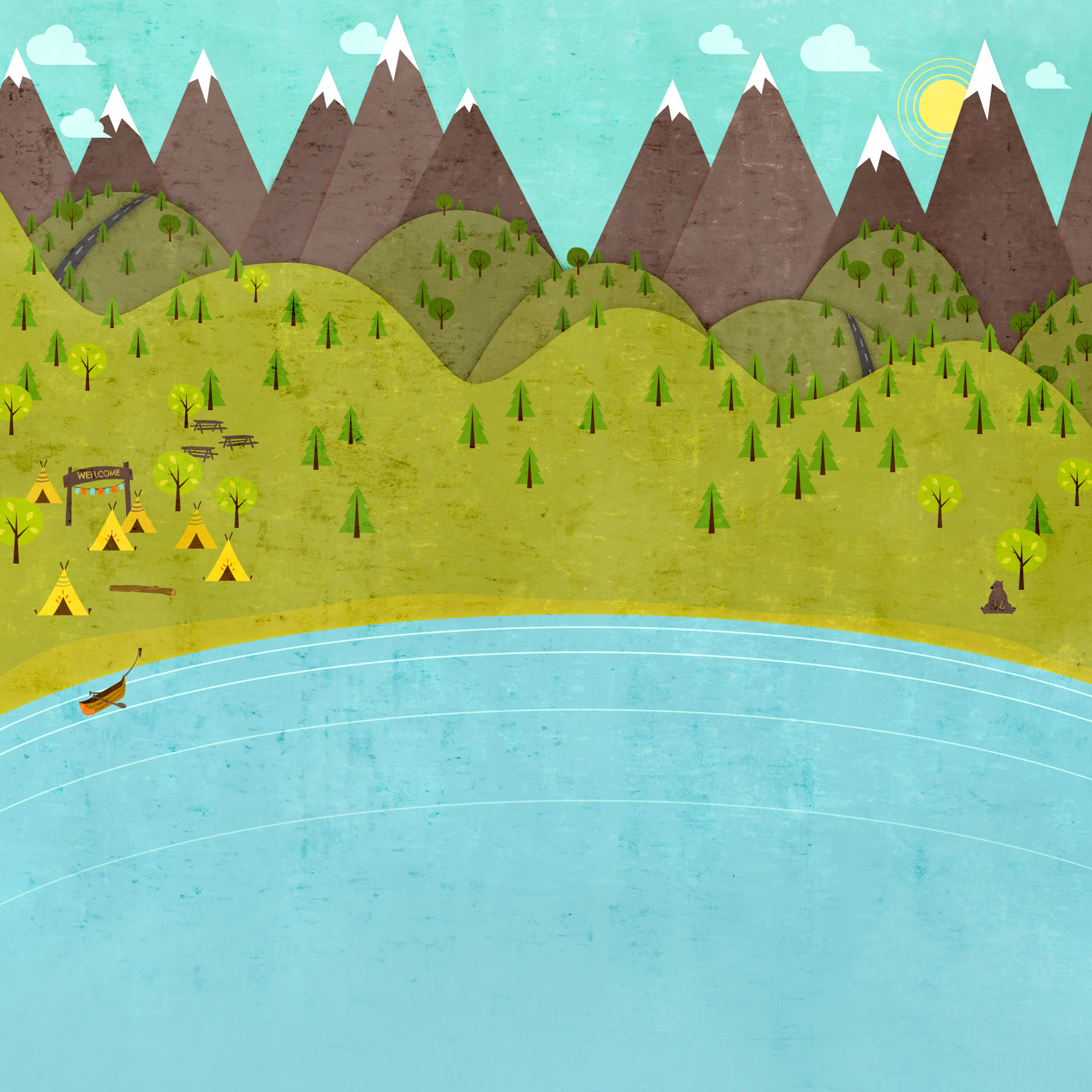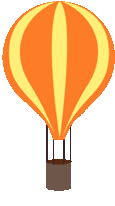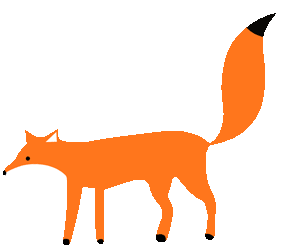
Arts Education





week 1 9/3/15
Making Ideas dance
In this week, we were lucky enough to have guest speakers introduce us to the Butterfly program. This program uses a range of technology such as webcams, projectors and a computer to track an individual’s movement and translate this to the screen and incorporate music and imagery into their movement. The program can be set up so when the individual moves and kicks triggers are set and music is created. The individual can also move their body in particular directions in order for the imagery to change with them.
By incorporating a range of triggers into this program, the individual is more inclined to move in a variety of ways and explore what they are capable of doing.
This can be incorporated into the class in a variety of ways. It can be used for school concerts, and children can also use this in English to show a story. This program can also help children develop rhythm by using the triggers and also can be used to include all children as the triggers can be changed so they use their hands, feet, torso and even head.
This program is definitely suitable for children of all ages and gives children to extra incentive to become involved with dance whilst incorporating music.
Teacher Perspective
This program would be a great asset in the classroom as it allows for children to be encouraged to move in a variety of ways. It is changeable which allows for it to fit among other interdiscplinary areas in the classroom and incorporate arange of things in its use.
Other year levels
As ths technology can be change, it can be easily adapted to a range of year levels. By making the movements for simple and fewer for younger kids with the teacher having more control over what makes what sound. In contrast to grade 5-6 who are able to choose their own movements and the sounds created to create their own piece of work and work together with the program.
AusVels
Level 5 English- Plan, rehearse and deliver presentations for defined audiences and purposes incorporating accurate and sequenced content and multimodal elements (ACELY1700)
Level 3 & 4 Dance- Perform dances using expressive skills to communicate ideas, including telling cultural or community stories (ACADAM007)
(Australian Curriculum, Assessment and Reporting Authority 2015)
week 2 16/3/15
Inclusive Dance Education
This weeks focus was to include all learners into the discipline of dance without making the learning feel uncomfortable, and therefore at ease and willing to contribute.
Students were placed into small groups and asked to create a dance whilst including all learners. This activity would be best for grade 3 and 4. This involved thinking about the disability of a student, and creating a movement and dance where that child was involved.
The groups performed and all were seamless and did not draw attention to the disability but instead the beautiful movement and inclusiveness of the dance.
One group had a deaf student and used the vibration of stomping to create rhythm for the student. Once the student developed the rhythm of the dance, the group was able to add more simple actions. By identifying someone in the group to count using their fingers, the deaf student was able to see when there would be a change in movement and still be involved.
Another group used sitting on chairs to create a dance piece, and by using their arms and legs to create swirls and circles with slow movements incorporated all learners. One learner in the group indicated they had a bad back, and the group adjusted and sat with support on the chairs.
This activity allows for all learners to be included, and highlighted the importance of making sure that all learners are catered for, not only in a dance class, but in any class. By asking the students to create these pieces of work with knowledge of a particular learner allows for students to become more aware of their peers and also demonstrate respect for other students in their groups.
AusVels
Level 3 & 4 Dance- Improvise and structure movement ideas for dance sequences using the elements of dance and choreographic devices (ACADAM005)
Level 4 Personal and Social capability- explain how means of communication differ within and between communities and identify the role these play in helping or hindering understanding of others
(Australian Curriculum, Assessment and Reporting Authority 2015)
Other year levels
For the younger grades, students could be given a small clip of music to work with and create 2 movements which incorporate a student. These movements could then be added with the class to create a class dance.
For older grades, the dance could be more complex with more movements and go for a longer period of time. Allowing the children to choose a song and perform their dance to the class.
Teacher Perspective
This activity is a great way for students to acknowledge one another and learn how to include others and accept others in their classroom.
It is also a good way to get students thinking about how they use their bodies and how they might be able to use it a different way to show a similar thinking.
Death and Resurrection:
This game is used to include blind students, as students are asked to avoid death whilst seeking help from resurrection. This could adapted to younger year levels by talking about a flower needing water and sun.
The above video shows this activity described to the side. This group chose the hokey pokey as it is a well known childrens song. To include the learner, they asked the students not to turn around as one had an injured leg. The students also chose to close their eyes to not point anyone out if the actions were mistaken.
This video shows the way students are included in dance, and could be shown to the children to discuss the movements created for them.

